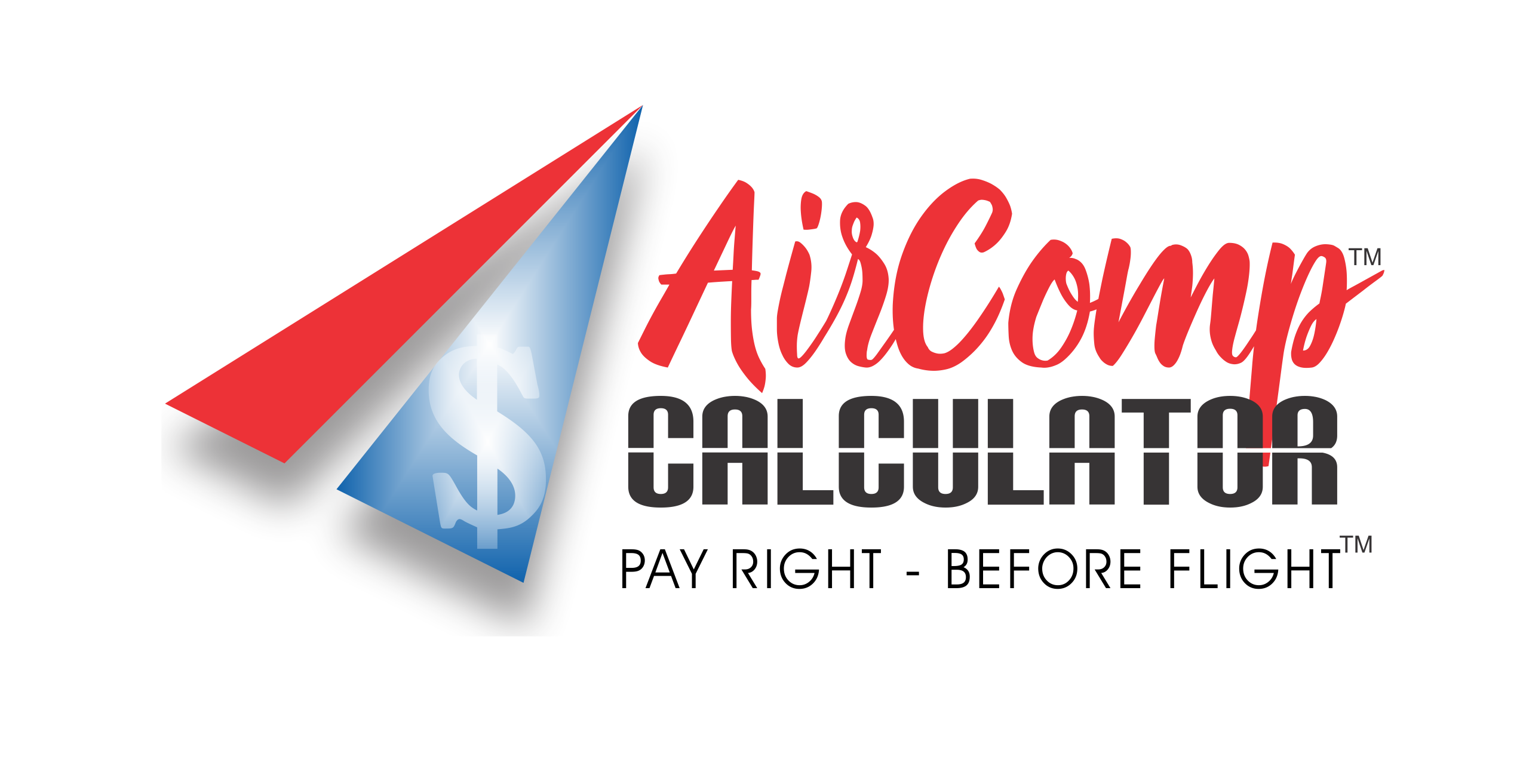Christopher M. Broyhill, Ph.D., CAM
As we continue to explore trends in business aviation compensation, we'll turn our attention from pilots to maintenance personnel. In this installment of the series, we'll look at the position of Director of Maintenance or DOM. Interestingly, while DOM would seem to be an easy position to identify and describe, the various compensation surveys seem to struggle with it in some respects. For example, the NBAA survey uses the DOM title for its comp data related to the position but also has a position under the DOM called the Manager of Maintenance with different responsibilities. In contrast, the Gallagher compensation survey uses a "catch-all" title: Director/Manager of Maintenance. Both surveys then take different paths to get from the DOM down to the maintenance technician. NBAA has one intermediate position between the Manager of Maintenance and the Maintenance Technician, that of Maintenance Foreman. Gallagher has several positions in between including Chief Aircraft Inspection and Aircraft Inspector. We'll examine some of these positions in upcoming articles.

From 2015 to 2019, average DOM base salary increased from $124,721to $144,55, a gain of nearly 16%. During the same period, 75th percentile DOM base salary increased from $142,483 to $166,923. The gain over the five-year period was slightly higher than that of the average range at 17.1%.

We see a similar trend when we examine total cash compensation. Average DOM total cash compensation increased from $137,367 to $163,300 from 2015 to 2019, a gain of almost 19%. 75th percentile total cash compensation increased from $156,793 to $190,750, a gain of 21.7%.
Overall, compensation trends for Directors of Maintenance have lagged those of their pilot counterparts somewhat over the five year period from 2015 to 2019. The primary reason for this disparity lies in the greater upward pressure generated on pilot compensation by the demand for pilots from commercial airlines. Maintenance personnel in general and DOMs in particular, have not seen the same level of airline demand, hence the upward pressure on compensation hasn't been as significant. But there is a degree of irony here. Airline demand for pilots generated an intense discussion in the business aviation industry about the perceived pilot shortage. Yet, the shortage of maintenance technicians has been as acute, and perhaps more so, than the shortage of pilots. While this reality has been recognized by some, it hasn't been nearly as well-publicized. But, it's possible that the current economic conditions may address the disparity between pilots and maintenance personnel where upward wage pressure in concerned. Perhaps, as compensation goes through the transition phase generated by the COVID-19 crisis and the industry enjoys a temporary surplus of pilots due to airline furloughs, we'll see compensation rates for maintenance personnel outstrip those of pilots. Given the critical importance of maintenance personnel in the industry, that would be a welcome change.
